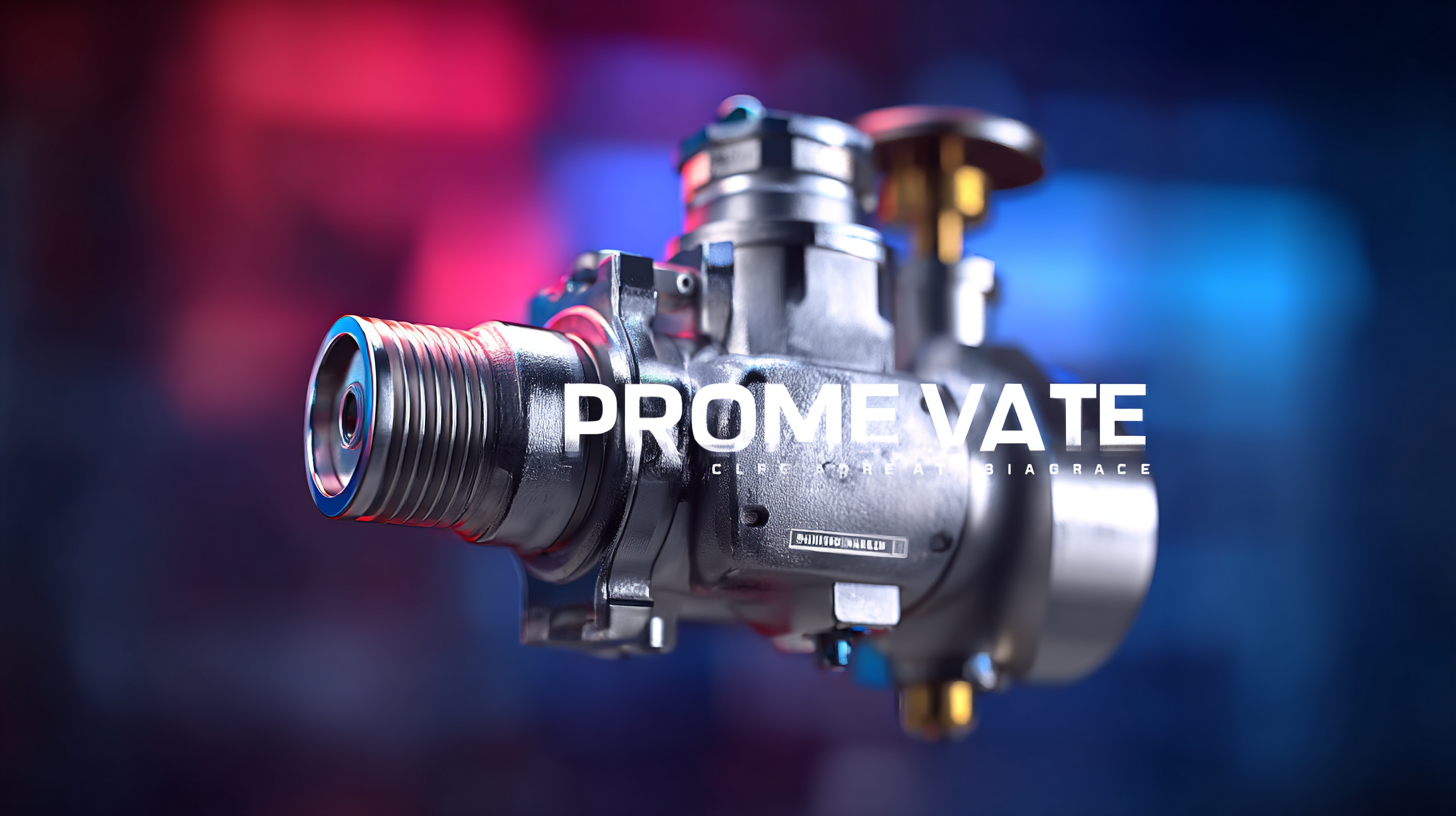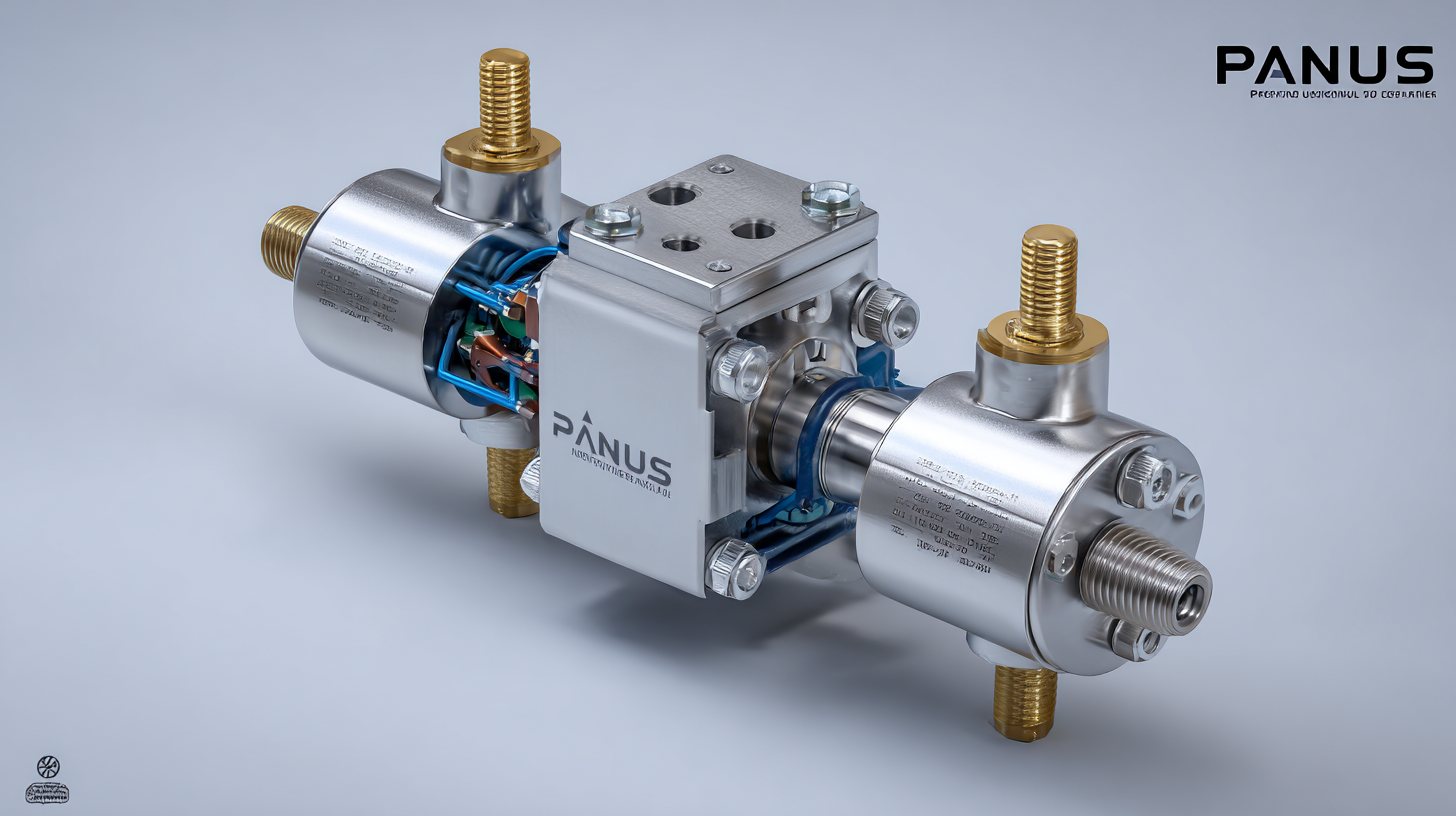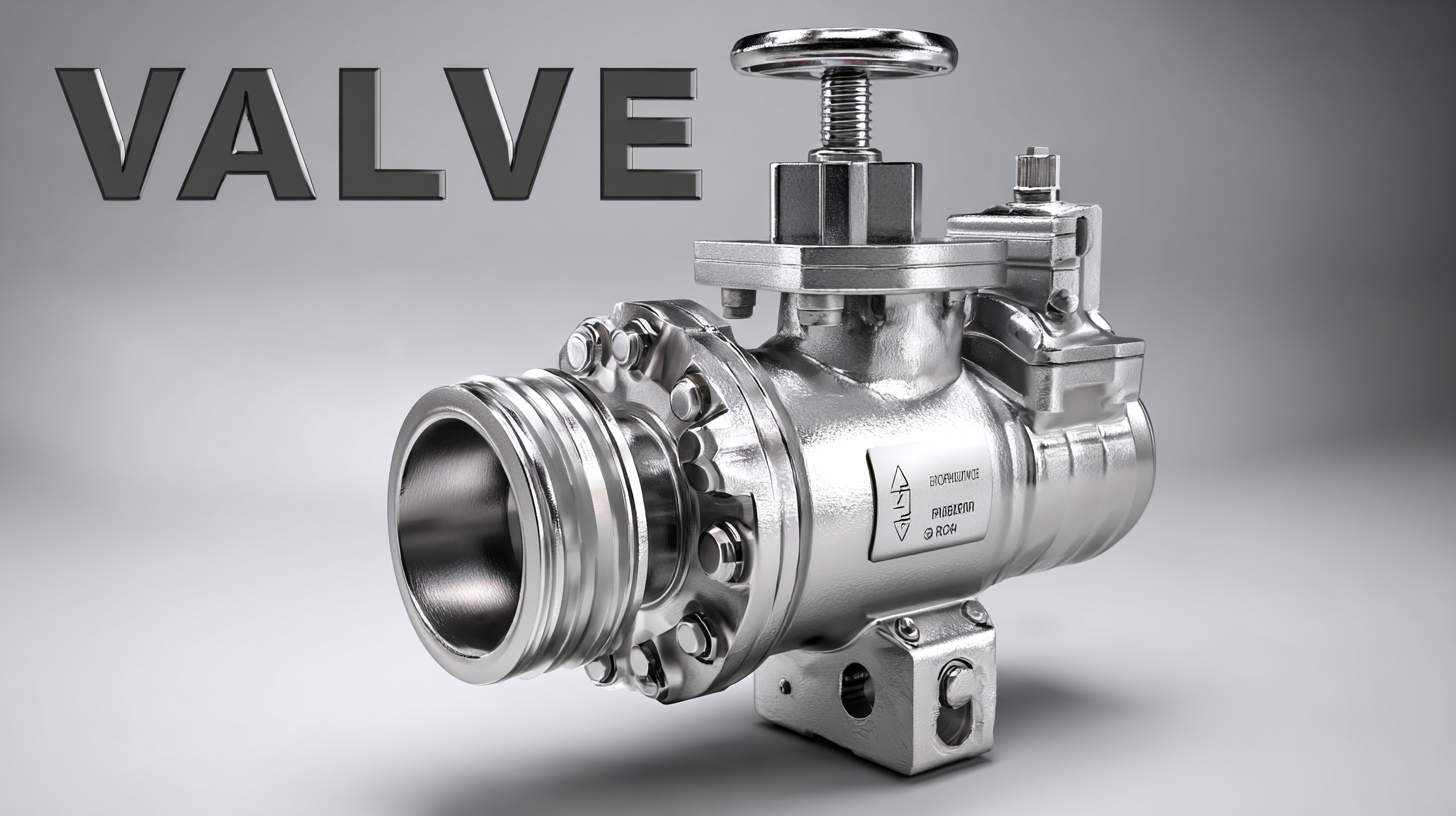
-
Home
-
Products
-
About Us
-
Application Cases
-
CLIENT & FACTORY
-
Test
-
News
-
Contact Us
Leave Your Message

As industries continue to evolve, the demand for efficient and reliable control systems has never been more critical. In 2025, the market for Pneumatic Operated Ball Valves is projected to reach an impressive $X billion, reflecting a significant annual growth rate driven by their applications across various sectors, including oil and gas, water treatment, and chemical processing (Source: Industry Research Report 2023). The advantages of aftermarket services and maintenance costs play an essential role in determining the long-term value of these valves. Understanding the intricacies of pneumatic operated ball valves, from their operational mechanics to their serviceability, is crucial for businesses looking to enhance efficiency while managing expenditures. This blog will delve into best practices for navigating the future of Pneumatic Operated Ball Valves and offer insights on how to select the right valve tailored to specific operational needs.

Pneumatic operated ball valves are key components in various industrial applications due to their efficiency and reliability. These valves combine the robust sealing capabilities of ball valves with the quick actuation provided by pneumatic systems, ensuring effective control over fluid flow. A notable trend in the industry is the projected growth of the global pneumatic actuators market, which is estimated to reach USD 51.71 billion in 2023 and is forecasted to grow at a CAGR of 5.2% by 2030. This growth signifies the increasing demand for automation and precise control in industrial processes.
When selecting a pneumatic operated ball valve, consider factors such as material compatibility, pressure ratings, and sizes. An effective tip is to evaluate the specific application needs, ensuring that the chosen valve can withstand the operating conditions without compromising performance. Additionally, look for manufacturers that provide comprehensive data and insights on their products, as this can help in making informed decisions.
Moreover, the thermoplastic ball valves market is anticipated to experience significant growth, projected to expand from USD 1.5 billion in 2024 to USD 2.8 billion by 2033. This growth indicates a shift towards more cost-efficient materials and solutions in valve manufacturing. Keep an eye on trends and advancements to choose a valve that not only meets your current needs but also adapts to future demands.
As we approach 2025, the pneumatic valve market is poised for significant transformations driven by technological advancements and shifting industry demands. According to a recent report by MarketsandMarkets, the global pneumatic valve market is expected to grow from USD 7.1 billion in 2020 to USD 9.2 billion by 2025, reflecting a compound annual growth rate (CAGR) of 5.5%. This growth is largely attributed to the increasing need for automation in industrial processes and the growing adoption of smart technologies.
One of the top trends emerging in 2025 is the integration of IoT capabilities in pneumatic operated ball valves. With the rise of Industry 4.0, manufacturers are seeking solutions that provide real-time data and remote monitoring capabilities. This trend not only enhances operational efficiency but also minimizes downtime by facilitating predictive maintenance. Additionally, the shift towards materials that offer superior durability, such as advanced composites and stainless steel, underscores the industry's focus on sustainability and long-term performance. As organizations continue to prioritize energy efficiency and environmental impact, pneumatic valve systems designed for high performance and low environmental footprint are becoming essential in decision-making processes.

When selecting pneumatic operated ball valves, several essential factors must be considered to ensure optimal performance and longevity. Firstly, the valve's material is crucial. Depending on the media it will handle, materials such as stainless steel, brass, or plastic can significantly impact durability and corrosion resistance. For applications involving corrosive substances or high temperatures, opting for high-grade materials can prevent premature failures and reduce maintenance costs.
Another important factor is the valve size and specifications. Assessing your system's requirements, including flow rate and pressure ratings, will help you choose the right valve size. Under or over-sizing can lead to inefficiencies or even damage to your piping system. It's advisable to consult with your engineering team to accurately match the valve specifications with your application needs.
Tips: Always look for valves with reliable actuation options. Some pneumatic operated valves come with various actuator types, allowing for customized control solutions. Moreover, consider the ease of maintenance and accessibility for repairs as part of your selection criteria, as these can impact long-term operational efficiency.
| Feature | Description | Importance | Recommended Specification |
|---|---|---|---|
| Material | The material used must withstand the operating environment (e.g., stainless steel for corrosive environments). | High | 316 Stainless Steel |
| Size | Choose a size that fits your pipeline to ensure effective flow control. | Medium | 1" to 6" Diameter |
| Pressure Rating | Ensure the valve can handle the maximum pressure of the system. | High | 150 PSI to 600 PSI |
| Temperature Range | Consider the operating temperature to avoid valve failure. | High | -20°C to 120°C |
| Actuation Type | Choose between single-acting or double-acting options based on application needs. | Medium | Double-Acting |
| Control Options | Determine if remote control or manual operation is preferred. | Low | Remote Control with Automation Features |
Proper maintenance is essential for enhancing the longevity of pneumatic ball valves. Regular inspections should be conducted to identify any potential issues, such as leaks or unusual pressure fluctuations. During these inspections, it’s important to check the seals and gaskets for wear and tear, as these components are crucial in maintaining the integrity of the valve. Securing a clean environment around the valve can also prevent contaminants from entering, which could lead to operational problems.
Lubrication plays a significant role in the maintenance of pneumatic ball valves. Utilizing appropriate lubricants on moving parts can reduce friction and wear, ensuring smooth operation. It’s advisable to follow the manufacturer’s recommendations for lubrication intervals and products. Additionally, monitoring the actuator and control systems for proper functionality can prevent unexpected breakdowns. By implementing these maintenance tips, operators can significantly extend the life of pneumatic ball valves, ensuring they remain effective and reliable in various applications.
This bar chart illustrates the projected market growth for pneumatic operated ball valves from 2021 to 2025. As the industry evolves and technology improves, we anticipate a significant increase in market demand, reflecting the ongoing advancements in design and efficiency.
When selecting pneumatic-operated ball valves, making informed choices is crucial to ensure optimal performance and longevity. One common mistake is underestimating the importance of valve size. It's essential to accurately match the valve size to the piping system to avoid pressure drops or flow restrictions. Always assess the flow requirements of your application to select a valve that can handle the expected demands effectively.
Another mistake is neglecting the material compatibility with the fluids being controlled. Choosing a valve made from materials that corrode or react adversely with the media can lead to failures and costly repairs. Always review the specifications and ensure that the valve materials are suitable for the chemicals or gases they will encounter in your operations.
Tips: Before finalizing your selection, conduct thorough research on available brands and their reputation for reliability. Also, consider consulting with engineering experts who can provide insights on choosing the best pneumatic-operated ball valve tailored to your specific needs. This proactive approach can significantly alleviate potential issues down the line.
